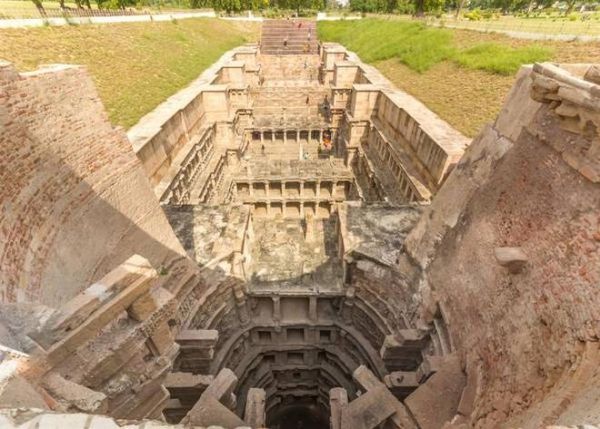Discover the wonders
- POSTED ON: 15 Jun, 2018
- TOTAL VIEWS: 882 Views
- POSTED BY: Rohini Ramakrishnan
- ARTICLE POINTS: 100 Points

Long, long ago, a very long time ago…
No, around the first and second century BC to be exact, seven ancient wonders were recorded in history. They were the Colossus of Rhodes, the Lighthouse of Alexandria, the Mausoleum at Halicarnassus, the Temple of Artemis, the statue of Zeus, and the Great Pyramid of Giza. Other than the pyramid, also known as the Pyramid of Khufu (so called after the Pharaoh who built it), the rest were lost to earthquakes and fire. Nothing is known about the Hanging Gardens of Babylon.As time passed, it came to light that practically every country had some monumental work that could be highlighted as a wonder of the world.
UNESCO (United Nations Educational Scientific and Cultural Organisation), in a bid to conserve and preserve these places for posterity, declared them World Heritage Sites, so that they could be maintained and protected. These sites could include ancient monuments, ruins, historical structures, significant buildings, and city complexes. They could also include mountains, forests, sanctuaries, wilderness, islands, or lakes.
It is time to start our journey of discovery, beginning with India.
Rani ki Vav (the Queen’s Stepwell)
Stepwells are wells or ponds where you climb down a myriad steps to get to the water. Located at Patan, Gujarat, the Rani ki Vav is a stepwell built on the banks of Saraswati. It is believed to have been built by queen Udayamati in memory of her husband Bhima I during the Chaulukya dynasty in the 11th century AD. The stepwell is 64 m long, 20m wide and 27 m deep.
Stepwells are not uncommon in India. It is a great way to have a subterranean water resource. Rani Ki Vav is unique because it has seven levels of steps and hosts more than 500 sculptures. The pillars are ornately carved in the Maru-Gurjara architectural style. Many of the sculptures are of the Lord Vishnu’s Dashavatar.
The stepwell has temple-like features which further highlights the sanctity of water. Today, it no longer functions as a well because the Saraswati changed its course around the 13th century AD. Until a few decades ago, around this well were ayurvedic plants which were believed to cure many diseases.
At the bottom of the stepwell is a gate leading to a 30 km tunnel, which served as an escape route for the king. Gujarat is an earthquake-prone area, and the Archaeological Survey of India (ASI) has made every effort to protect this magnificent monument.
Now that you have read this article take this small quiz to see what all you can remember.